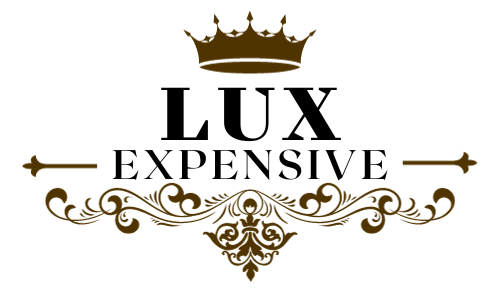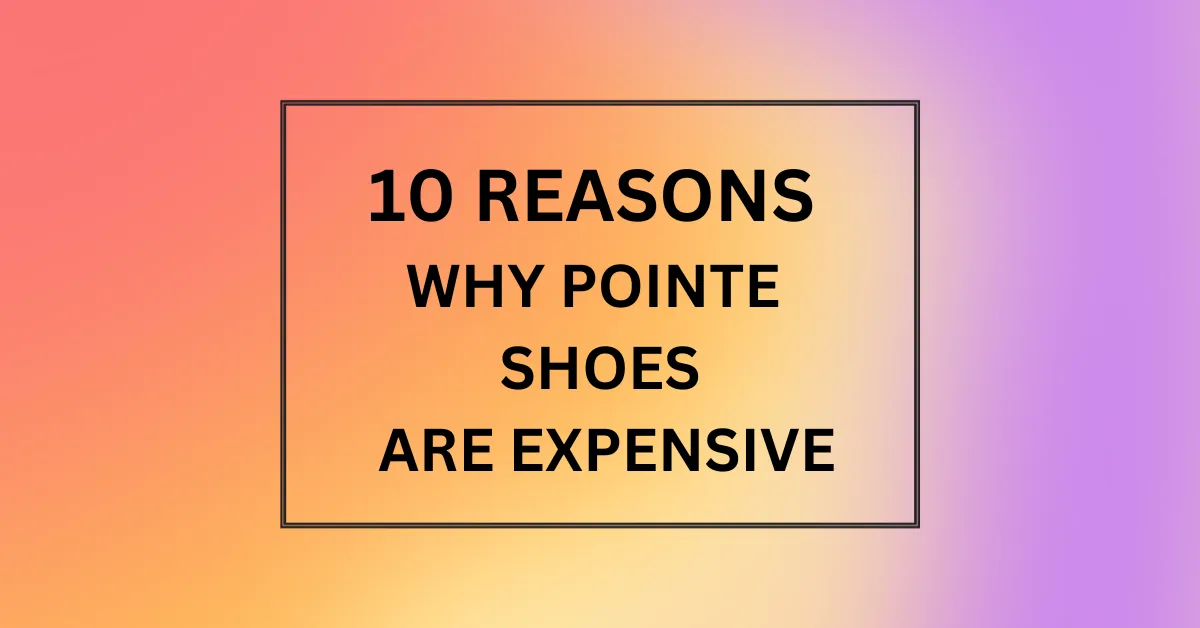Pointe shoes are expensive because they require customized handcrafting, use of premium materials, and frequent replacement. Their limited production, niche market, and imported components also drive up costs for dancers. Pointe shoe companies must charge higher prices to maintain profitability given the shoes' specialized attributes.
Pointe shoes are a vital piece of equipment for ballet dancers performing en pointe (on the tips of the toes). But these specialized shoes come at a steep price, typically costing between $80-$150 per pair.
Why are they so expensive compared to regular ballet slippers that can cost as little as $20? There are several reasons that go into the high costs of pointe shoes.
Top 10 Reasons Why Pointe Shoes Are So Expensive
1. Handcrafted and customized design
Unlike regular ballet slippers, pointe shoes are individually handcrafted to fit the unique foot shape of each dancer. The box (toe area) is customized with layers of glue and fabric to provide the support needed for dancing en pointe.
Each shoe is specifically tailored to that dancer’s foot, which requires skilled labor and customization. Mass production is not possible with pointe shoes.
2. Limited scale of production
Pointe shoe companies produce a relatively small number of shoes compared to mass-market sports brands. For example, a single company may hand-make just 200,000 pointe shoes per year.
With only a small field of specialty pointe shoe makers, and limited demand, companies cannot take advantage of economies of scale that help drive down costs in mass production.
3. Use of premium materials
The materials used in pointe shoes are higher grade than typical athletic shoes. The boxes incorporate specialized glues, patented fabrics like canvas and linen, and leather soles.
The ribbons and elastics used to secure the shoes are also high quality to provide strength and support. The cost of these materials drives up the price.
4. Short lifespan
Pointe shoes wear out very quickly, often lasting only hours of use before needing to be replaced. The repetitive impact of landing on the toes weakens the box and materials. Dancers may need 2-3 pairs per week, versus athletic shoes lasting for years.
Frequent replacement purchases required by dancers mean pointe shoe makers need to charge more per shoe.
5. Low competition
The highly specialized nature of pointe shoes results in very few companies making them. Popular brands like Gaynor Minden, Bloch, Capezio, and Freed are among the handful of manufacturers.
With limited competition, there is less incentive to lower prices to capture market share. The companies can maintain healthy profit margins on the shoes.
6. Niche target market
Only ballet dancers performing pointework require pointe shoes, which represents a narrow slice of the overall dance footwear market. There is not a high volume customer base like there is for mainstream athletic shoes.
Without significant target market size, it is difficult for pointe shoe companies to sell enough volume to warrant marking down prices.
7. Highly skilled labor
Producing pointe shoes requires expert craftsmanship from a trained team. The shoemakers must possess specialized knowledge of ballet footwear construction.
As artisanal-style production depends on skilled labor rather than automation, the labor costs involved in hand-making custom shoes are substantial. These costs add to the retail price.
8. Research and development
With each new pointe shoe model or design, companies invest in continuous research and development. Teams of footwear engineers and dancers test prototypes and new materials.
The cost of developing innovative pointe shoe features must eventually be recouped through pricing. This allows continued advancements in comfort, support and performance.
9. Narrow profit margins
The pricing of pointe shoes is constrained by the limited market size and intense competition between major brands. Companies cannot realistically charge over $150 per pair, as dancers would flock to cheaper alternatives.
After material costs and labor, profit margins on pointe shoes are relatively narrow compared to mass-produced athletic shoes.
10. Imported materials and labor
Many raw materials and labor used in pointe shoe construction are sourced abroad to control costs, such as Chinese-sourced cotton and Philippine workers hand-crafting shoes.
Import expenses contribute to higher prices since companies must pay duties and overseas shipping. Overall, globalized production carries additional costs that drive up pricing.
FAQs
Is Pointe a good shoe brand?
Pointe is one of the top and most reputable pointe shoe brands known for their handcrafted quality, innovative designs, and range of custom fitting options.
Are pointe shoes good?
Yes, pointe shoes are essential footwear that provide the support, traction, and durability needed for ballet dancers to safely perform pointework. Their customized design protects dancers’ feet.
Are pointe shoes worth the price?
The high cost of pointe shoes is justified by their specialized materials, construction, and necessity for dancers. Frequent replacement makes them worthwhile for enabling graceful and artistic pointework.
Where to buy pointe shoes?
Pointe shoes can be purchased online through dance retail stores like Discount Dance Supply and Dancewear Solutions or in-person fittings at specialty dance shops. Finding the right brand and fit is key.

